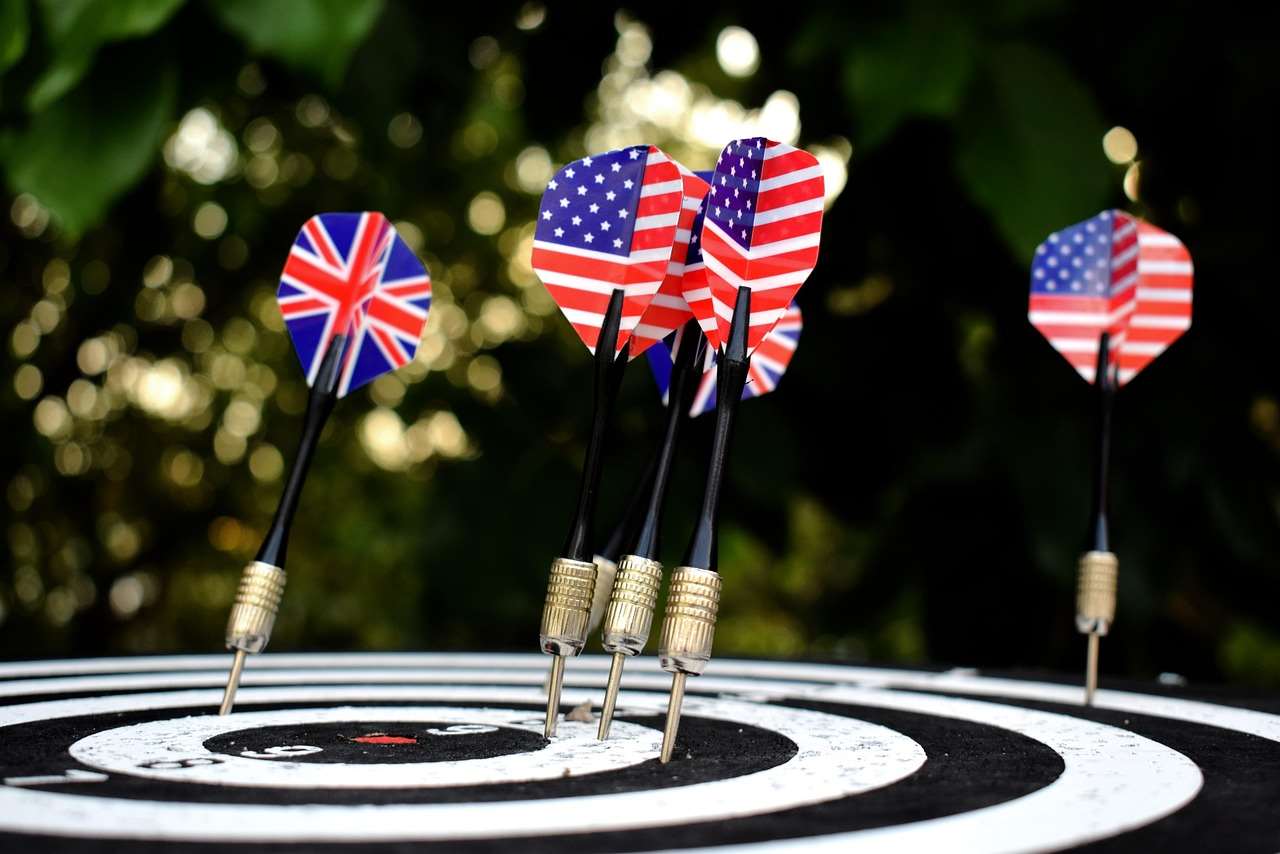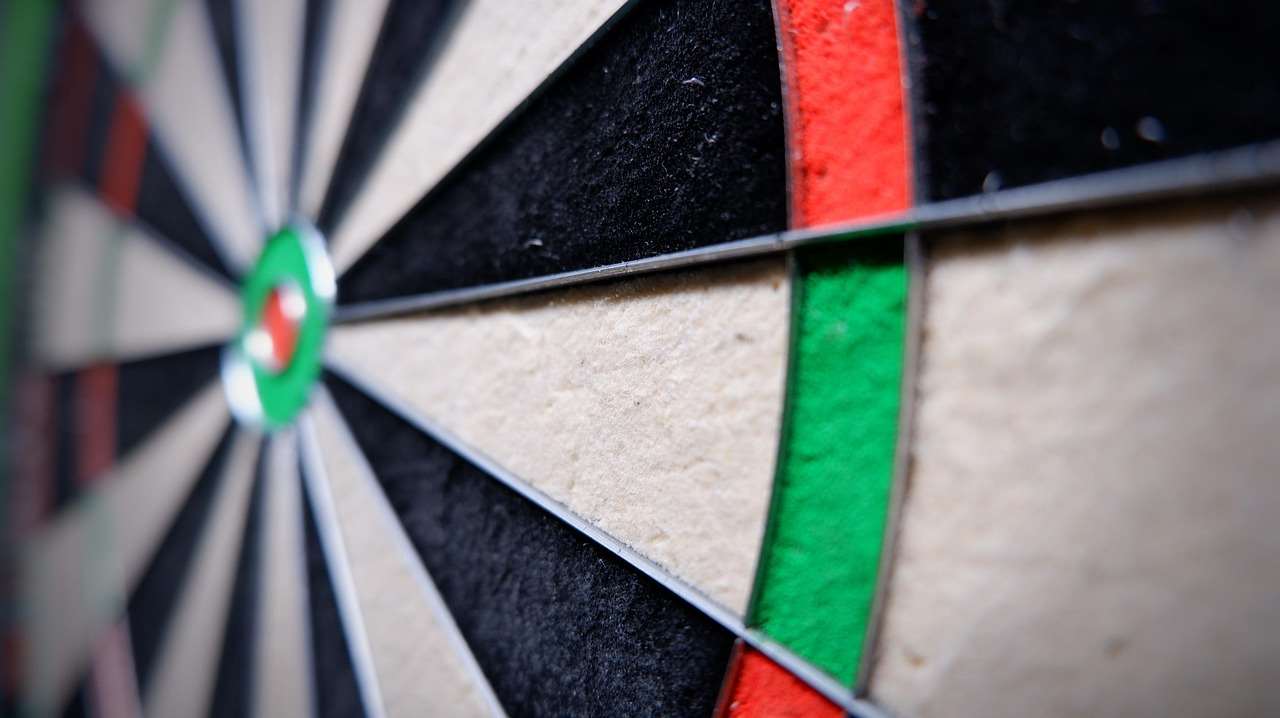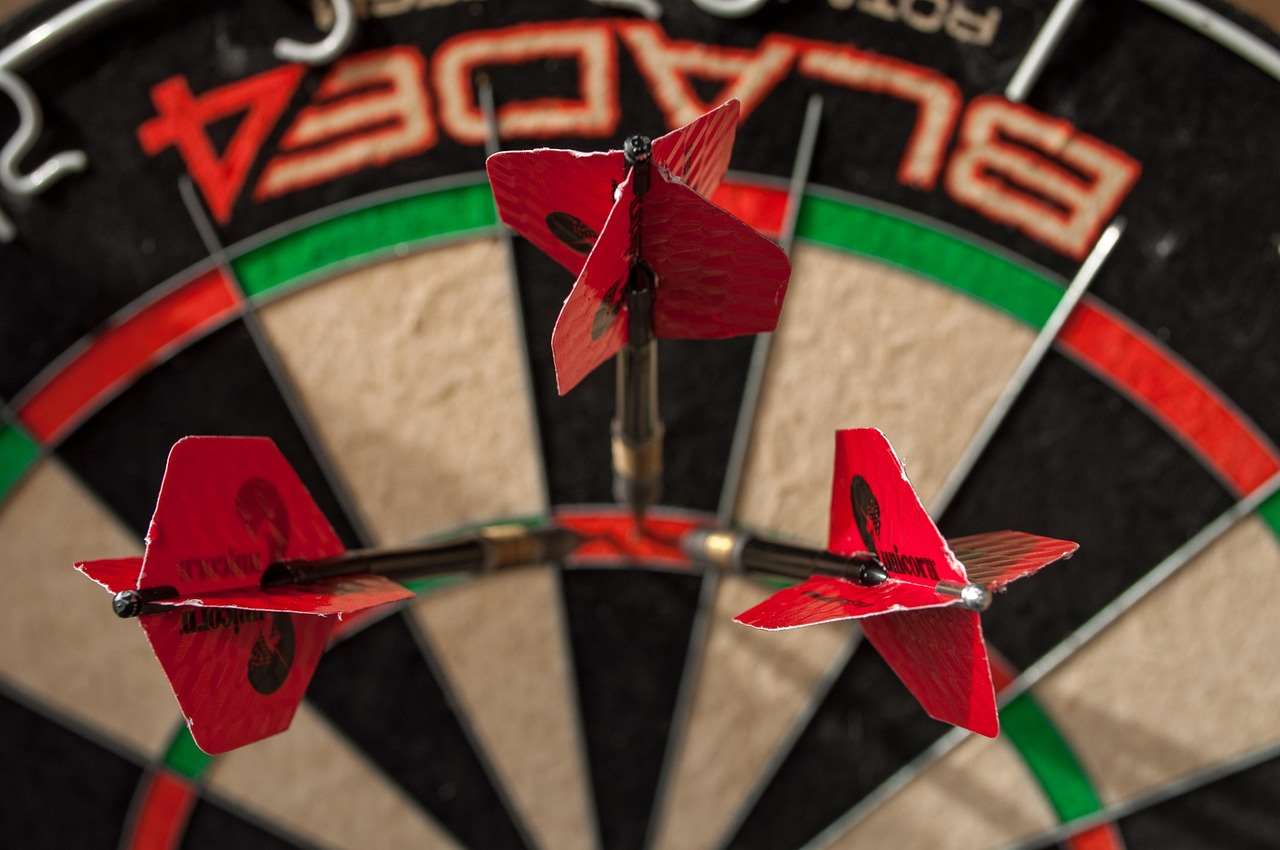The biggest roadblock in dominating a Cricket darts game isn’t skill, but avoiding easily preventable errors: specifically, miscounting, poor strategy choices, and inconsistent aim. This article will highlight the most **common mistakes Cricket darts game** players make, offering practical solutions to boost your score and overall performance, as well as discussing effective strategies to improve gameplay.
⚠️ Still Using Pen & Paper (or a Chalkboard)?! ⚠️
Step into the future! The Dart Counter App handles all the scoring, suggests checkouts, and tracks your stats automatically. It's easier than you think!
Try the Smart Dart Counter App FREE!Ready for an upgrade? Click above!
Understanding the Fundamentals to Avoid Common Mistakes
Before diving into specific errors, it’s crucial to solidify your understanding of the basic rules and scoring system of Cricket. Cricket is a game played by two or more players, where the goal is to “close” numbers (20, 19, 18, 17, 16, 15, and bullseye) by hitting each number three times and then closing out before your opponent. A common misconception is that higher scores always win; however, strategic closing and point management are key.
Failing to grasp this core concept leads to several problems. Players might focus on scoring high on already closed numbers, wasting valuable darts. They might also neglect defensive play, allowing opponents to rack up points on open numbers. Always remember the objective: close numbers and then score, or close out entirely before your opponent does.

Top 5 Common Mistakes in Cricket Darts Game and How to Fix Them
Let’s break down the most frequent mistakes players commit and how to rectify them:
1. Miscounting and Scoring Errors
Perhaps the most basic, yet impactful, error is miscounting. Whether it’s forgetting how many marks you have on a number, miscalculating your score, or failing to correctly mark the board, inaccurate scoring can derail your game. This can happen due to pressure, excitement, or simply lack of focus. Consider Adjusting dart game rules for casual games to offset scoring errors.
Solution: Develop a consistent counting method. Verbally announce your score after each dart. Double-check your marks before retrieving your darts. Use a dedicated scoreboard and a reliable scorer (or a digital scoring app) to minimize human error. Acknowledge when you need to improve your **darts accuracy** for better results.
2. Poor Strategic Decisions
Cricket is not just about hitting targets; it’s a strategic game. Many players make the mistake of blindly chasing the highest scoring numbers or neglecting defensive plays. This often involves not prioritizing closing out numbers, ignoring opponent’s open numbers, or failing to defend your own open numbers.
Solution: Develop a strategic approach. Analyze the board state before each throw. Prioritize closing your open numbers first. Then, target your opponent’s open numbers to gain a scoring advantage. If you are ahead, focus on defensive plays by closing out numbers to prevent your opponent from scoring. Playing **darts variants fun games** can also help you better appreciate the value of different strategic approaches. Darts Variants Fun Games are an excellent tool for honing your strategic thinking.
3. Inconsistent Aim and Throwing Technique
Inconsistency is a killer in any darts game. Players often exhibit variations in their stance, grip, release, and follow-through, leading to unpredictable dart trajectories. This leads to missing crucial shots, especially when under pressure. Many struggle to maintain a consistent throwing technique across different target areas.
Solution: Refine your throwing technique. Establish a consistent stance, grip, and release. Practice regularly to build muscle memory and improve your consistency. Focus on your follow-through and avoid jerky movements. Filming yourself can also help identify areas for improvement. Consider working on **darts aiming drills** to improve accuracy.
4. Neglecting the Bullseye
The bullseye is worth 25 points for a single and 50 for a double and is a vital number in Cricket. Many players underutilize the bullseye, either avoiding it due to perceived difficulty or not recognizing its strategic value. For novice players, Beginner vs pro dart game rules should always include a focus on aiming at the bullseye.
Solution: Practice aiming at the bullseye. Incorporate bullseye practice into your routine. Develop a strategy for using the bullseye effectively. It can be used to quickly close out or to score heavily when other numbers are closed. Knowing when to attempt the bullseye, especially during critical moments, can be a game-changer. Remember that **darts strategy planning** is key to taking down experienced opponents.

5. Lack of Mental Focus and Composure
Darts is a mental game as much as a physical one. Getting frustrated after a missed shot, allowing distractions to affect your concentration, or feeling overwhelmed by pressure can all negatively impact your performance. This frequently results in poor decision-making and inconsistent throws. Think about Making darts games fair players by acknowledging the pressure involved.
Solution: Develop mental toughness. Practice mindfulness and focus on the present moment. Learn to control your emotions and avoid getting rattled by missed shots. Visualize successful throws and maintain a positive attitude. Take deep breaths to calm your nerves during pressure situations. Practicing Adapting darts games skills can also help players learn to stay calm under pressure.
Advanced Strategies to Elevate Your Cricket Game
Once you’ve addressed the common mistakes, you can start incorporating advanced strategies to further improve your performance. These strategies require a deeper understanding of the game and a higher level of skill.
Using “Hogging” to Your Advantage
“Hogging” refers to repeatedly scoring on a closed number after your opponent has opened it. This is a strategic move to rack up a large point lead, putting pressure on your opponent to catch up. However, hogging should be used judiciously. It’s effective when you have a comfortable lead or when your opponent is struggling to close out. Avoid excessive hogging if it leaves other crucial numbers open.
Strategic Opening and Closing
Instead of randomly selecting numbers to open or close, consider the board layout and your strengths. For example, if you are more accurate with triples on the left side of the board, prioritize opening numbers in that area. Similarly, strategically close numbers that your opponent favors to limit their scoring opportunities.
Reading Your Opponent’s Game
Pay attention to your opponent’s throwing style, preferences, and tendencies. Do they consistently target specific numbers? Are they more comfortable with certain types of throws? Use this information to anticipate their moves and adjust your strategy accordingly. Adjusting the **darts playing field** includes analyzing your competition’s approach.

Equipment Considerations to Minimize Mistakes
While skill and strategy are paramount, having the right equipment can also contribute to minimizing errors. Consider the following:
Dart Weight and Grip
Experiment with different dart weights and grip styles to find what feels most comfortable and allows you to maintain a consistent throw. A dart that is too heavy or too light, or a grip that is uncomfortable, can lead to inconsistent throws and missed targets.
Dartboard Quality and Maintenance
Invest in a high-quality dartboard that is properly maintained. A worn-out dartboard with loose wires or faded numbers can lead to bounces and misreads, affecting your score. Rotate your dartboard regularly to ensure even wear and tear. You may also consider **adjusting dartboard setup** to avoid frequent bounces.

Practice Drills to Overcome Common Mistakes
Targeted practice is essential for eliminating common mistakes Cricket darts game players commit. Here are some drills to focus on specific areas:
Accuracy Drill: Around the Clock
Throw three darts at each number in sequence (1 to 20). This drill improves your accuracy and consistency across the entire board. Track your progress and try to improve your completion time.
Bullseye Drill: Consecutive Hits
Aim for the bullseye repeatedly. Try to hit a set number of consecutive bullseyes (e.g., 5, 10, or 20). This drill improves your bullseye accuracy and builds confidence.
Strategic Drill: Game Simulation
Simulate real game scenarios by setting up specific board states and practicing your responses. For example, practice closing out a number with a specific combination or defending against an opponent’s scoring threat. This drill helps you develop your strategic thinking and decision-making skills.
Considering playing with Darts for mixed ability groups that may require you to adapt your skills and game play. You can also think about Scaling dart game difficulty to match you or your team’s skill level when you play.

Conclusion
Mastering Cricket darts requires not only skill but also a keen understanding of the game’s intricacies and a proactive approach to eliminating common mistakes Cricket darts game players encounter. By addressing issues like miscounting, poor strategy, inconsistent aim, bullseye neglect, and lack of mental focus, you can significantly improve your game. Implementing advanced strategies, investing in quality equipment, and engaging in targeted practice will further elevate your performance and allow you to dominate the oche. Start practicing today, and you’ll be amazed at the improvement in your game. Consider trying some of our other fun darts games.
Hi, I’m Dieter, and I created Dartcounter (Dartcounterapp.com). My motivation wasn’t being a darts expert – quite the opposite! When I first started playing, I loved the game but found keeping accurate scores and tracking stats difficult and distracting.
I figured I couldn’t be the only one struggling with this. So, I decided to build a solution: an easy-to-use application that everyone, no matter their experience level, could use to manage scoring effortlessly.
My goal for Dartcounter was simple: let the app handle the numbers – the scoring, the averages, the stats, even checkout suggestions – so players could focus purely on their throw and enjoying the game. It began as a way to solve my own beginner’s problem, and I’m thrilled it has grown into a helpful tool for the wider darts community.